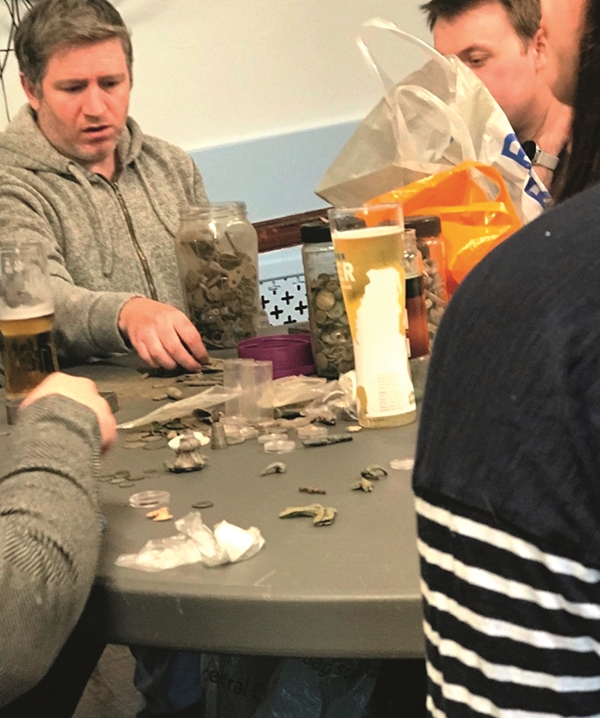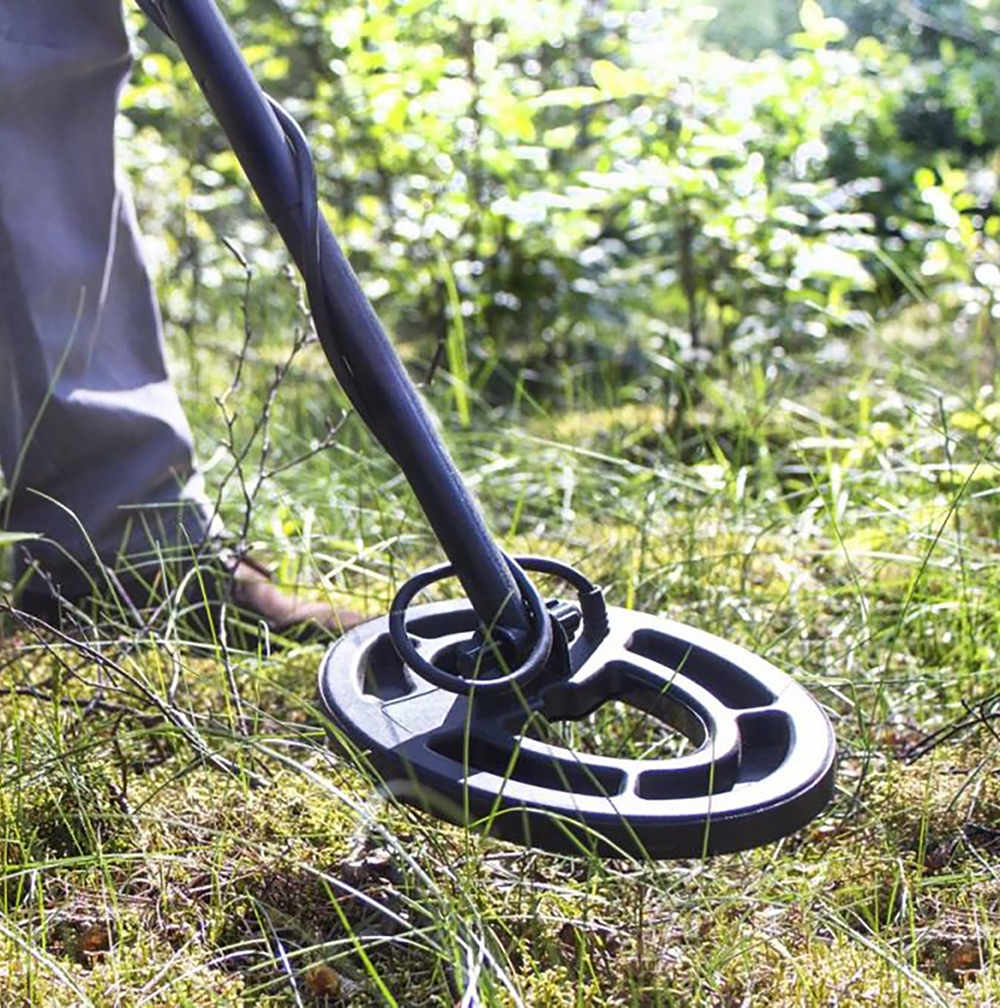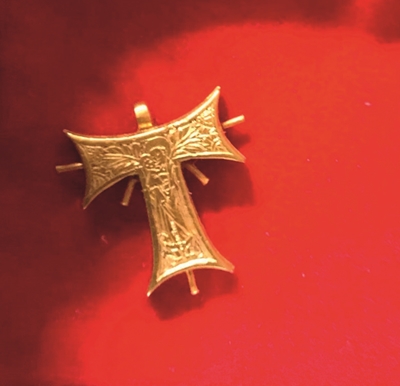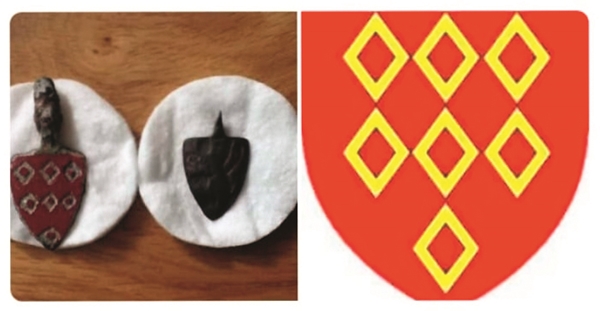


There’s a lovely atmosphere in the function room at the Conservative Club on the first Wednesday of every month because it’s where the Leicestershire Metal Detecting Society meets. They used to meet at the Royal Oak in Rothley but outgrew the space so came to Barrow ten years ago and have been happy here ever since. The carpark is crucial as members drive in from all over the county: Loughborough, Leicester, Quorn, Queniborough, Melton, Coalville, and Oakham. There are even a few from Barrow itself, one of whom is Ian Collison, who when asked what he thought of metal detecting smiled broadly and said he loved it!
 The early part of the evening is spent chatting, downing pints and looking at finds some of which are taken over to Megan Gard’s table to be registered. Megan is the Finds Liaison Officer (FLO) for Leicestershire and Rutland. She drives over from Oakham as she is based at the Rutland County Museum. It’s her job to register finds and she’s the society’s link with the British Museum. The later part of the evening is spent doing a quiz or listening to a guest speaker. I was told this crowd is very good at answering the history questions!
The early part of the evening is spent chatting, downing pints and looking at finds some of which are taken over to Megan Gard’s table to be registered. Megan is the Finds Liaison Officer (FLO) for Leicestershire and Rutland. She drives over from Oakham as she is based at the Rutland County Museum. It’s her job to register finds and she’s the society’s link with the British Museum. The later part of the evening is spent doing a quiz or listening to a guest speaker. I was told this crowd is very good at answering the history questions!
But it’s the digs that everyone loves and the society is very fortunate in having gained permission to explore a wide area covering 30 farms and two large estates. So far finds have been unusually limited this year as the constant rain has put a damper on going out at weekends metal detecting. Bad weather makes fields heavy to dig; the mud sticks to equipment and it also makes parking nearby difficult as the fields are flooded. However, last year was a wonderful year for a whole range of finds one of which was an extremely rare piece.

This hollow gold crucifix has Jesus etched on one side and the Virgin Mary on the other. Pearls used to hang from the five short arms and the compartment inside probably contained a holy relic. This beautiful, medieval object was found in a field not far from Barrow. It may have belonged to an archbishop or cardinal and could possibly be worth about £100,000 today as one, in a poorer condition, was sold in 1960 for £66,000. When sold the money is split 50:50 between finder and landowner. But most finds are of a humbler nature: coins, thimbles, cap badges, spindle whorls or medieval horse pendants. The pendants from a noble’s horse reveal a lot as they were embellished with the family crest. One fell from a horse belonging to Saer de Quincy, Ist Earl of Winchester, an important baron who helped write the Magna Carta. It was a great day for the club member who found it in a field in Woodhouse!

But finding a medieval penny can generate as much excitement as gold in many a detectorist’s heart. The tangible link to a past world held between finger and thumb is so thrilling.
If this article has whetted your interest, then do go along to the Conservative Club one Wednesday evening at 7pm and meet the members. You will be made very welcome. However, to become a member yourself you have to be recommended by an existing member and attend three meetings first. (Yearly membership is £25 – children free.) This careful vetting is because there is a dark side to metal detecting. Some undesirables, night hawks, join clubs simply to discover where the best finds are likely to be found, go out alone and secretly pocket anything they dig up. These scum bags are definitely not welcome!
With many thanks to chairman Tony Williams for all his help.
Gaynor Barton